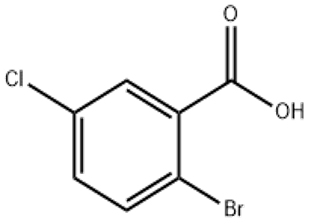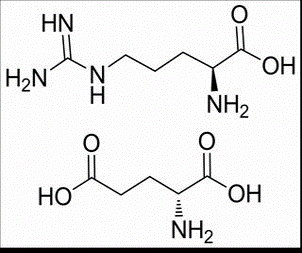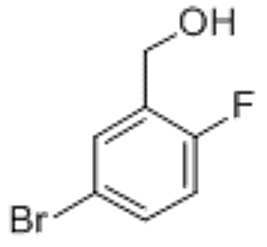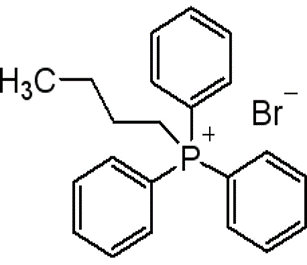2-Bromo-5-chlorobenzoic acid(CAS# 21739-93-5)
| Risk Codes | R22 – Harmful if swallowed R50/53 – Very toxic to aquatic organisms, may cause long-term adverse effects in the aquatic environment. |
| Safety Description | S60 – This material and its container must be disposed of as hazardous waste. S61 – Avoid release to the environment. Refer to special instructions / safety data sheets. |
| UN IDs | UN 2811 6.1/PG 3 |
| WGK Germany | 3 |
| HS Code | 29163990 |
| Hazard Note | Irritant |
| Hazard Class | 6.1 |
| Packing Group | III |
Introduction
2-Bromo-5-chlorobenzoic acid is an organic compound. The following is an introduction to the properties, uses, preparation methods and safety information of the compound:
Quality:
2-Bromo-5-chlorobenzoic acid is a solid compound. It takes the form of white or yellow crystals at room temperature. It has good thermal stability and can exist stably at high temperatures. The compound has a high solubility in organic solvents.
Use:
2-Bromo-5-chlorobenzoic acid is often used as an important chemical intermediate in organic synthesis.
Method:
2-Bromo-5-chlorobenzoic acid is usually prepared by bromination and chlorination of benzoic acid. Benzoic acid first reacts with bromine and sulfurous acid to form bromine benzoate, and then reacts with ferric chloride to obtain 2-bromo-5-chlorobenzoic acid.
Safety Information:
2-Bromo-5-chlorobenzoic acid is an organic compound that may pose a risk to humans and the environment. Exposure to or inhalation of the compound can cause irritation of the eyes, skin, and respiratory tract. Appropriate protective equipment such as gloves, face shields, and protective eyewear should be worn when operating. It should be used and stored in a well-ventilated area, away from fire and away from oxidants. Any contact or accidental ingestion should be treated immediately and medical advice should be obtained. Comprehensive safety operating procedures should be followed when handling this compound.








